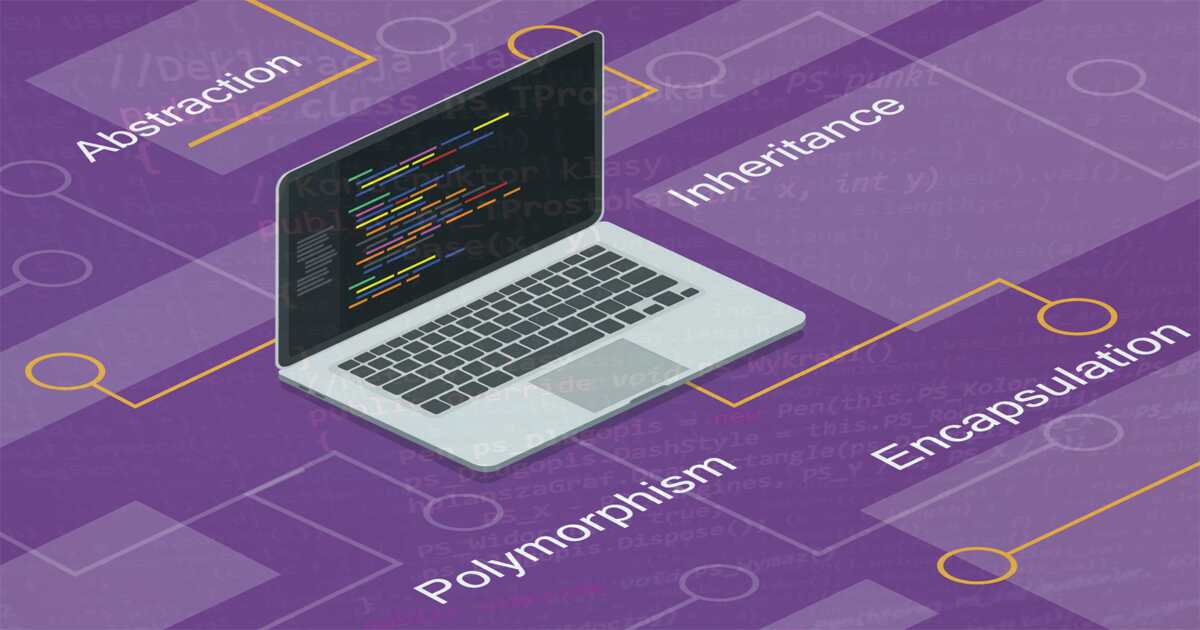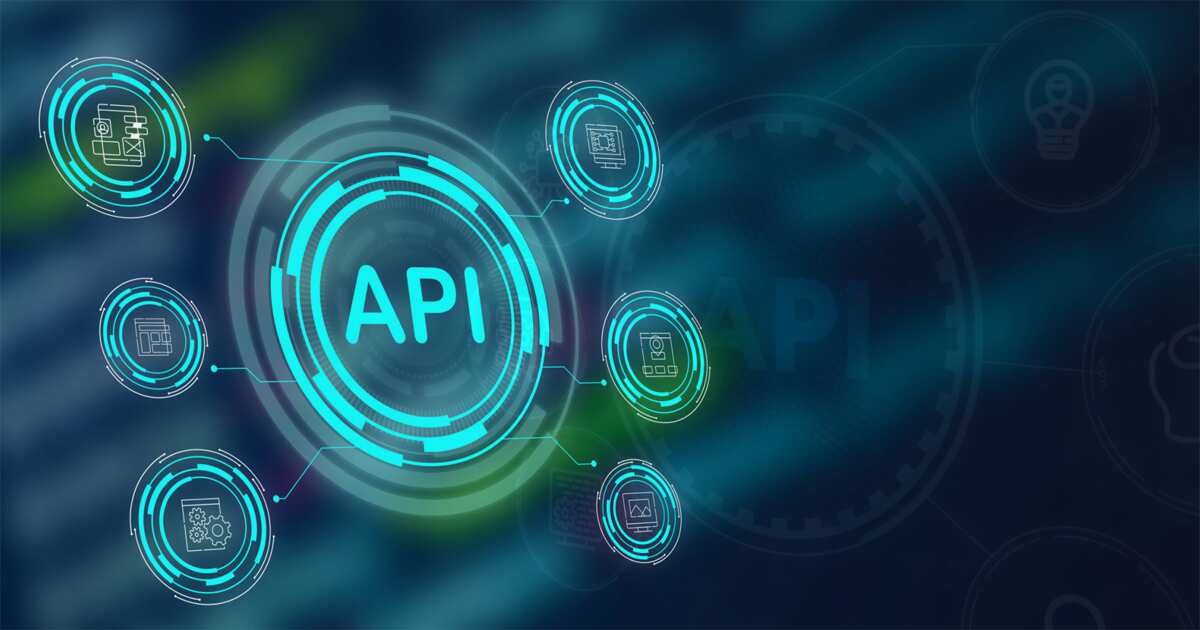A nuanced understanding of diverse programming languages is paramount for crafting cutting-edge solutions in software development. These languages, each with its unique strengths, serve as the building blocks for the digital innovations that define our technological landscape.
Java, celebrated for its platform independence, remains a stalwart choice for enterprise-level applications. Python’s simplicity and versatility make it a go-to language for data science, artificial intelligence, and scripting tasks. The efficiency and control offered by C++ position it as an ideal language for system programming and game development.
JavaScript, a cornerstone of web development, enables dynamic and interactive user interfaces. With its elegant syntax and developer-friendly design philosophy, Ruby is favored for web applications. Swift, the brainchild of Apple, stands out for its speed and efficiency in iOS app development. PHP, a server-side scripting language, powers the backends of numerous dynamic websites.
Embracing Kotlin is imperative for Android app development, as endorsed by Google, while Rust’s focus on performance and memory safety makes it a robust choice for system-level programming. TypeScript, an extension of JavaScript, introduces static typing, enhancing code quality and maintainability.
In navigating the expansive landscape of software development languages, developers wield a versatile toolkit, enabling them to address various challenges and contribute meaningfully to the ever-evolving tech ecosystem.
Programming Paradigms
In the dynamic field of software development, understanding and applying different programming paradigms is crucial for building scalable and efficient applications. Programming paradigms represent overarching styles or approaches to solving problems through code, shaping the structure and flow of software design.
One prominent paradigm is Object-Oriented Programming (OOP), which emphasizes the organization of code around objects that encapsulate data and behavior. This paradigm enhances code modularity, reusability, and maintainability, making it a cornerstone in many modern languages like Java and Python.
Languages like Haskell and Lisp embrace this paradigm, fostering concise and predictable code.
Procedural Programming involves organizing code into procedures or routines, focusing on step-by-step instructions for task completion.
Declarative Programming emphasizes specifying what should be achieved rather than detailing how to achieve it. SQL, a language for database management, follows a declarative approach, providing a higher level of abstraction for data manipulation.
Understanding these programming paradigms equips developers with a versatile toolkit, enabling them to choose the most suitable approach for specific tasks. This adaptability is crucial in addressing the evolving needs of the software development landscape and creating resilient, scalable, and maintainable codebases.
integrated development environment software
In the ever-evolving realm of software development, an Integrated Development Environment (IDE) plays a pivotal role in streamlining the coding process and enhancing productivity.
IDEs offer features like code editors and debuggers and build automation tools, providing a one-stop solution for developers to manage their entire workflow. Visual Studio Code, JetBrains IntelliJ IDEA, and Eclipse are exemplary IDEs, each catering to specific programming languages and development scenarios.
A robust IDE expedites the development cycle by providing real-time feedback, code suggestions, and debugging capabilities. This enhances the coding efficiency and contributes to the software’s overall quality. Moreover, modern IDEs often support version control systems, fostering collaboration among development teams.
Integrating an IDE into the software development process enhances code readability, accelerates development timelines, and minimizes errors. Embracing an efficient IDE is a convenience and a strategic imperative in the contemporary software development landscape.
Object-Oriented Programming
Object-Oriented Programming (OOP) is a cornerstone in modern software development, offering a paradigm that facilitates modular and scalable code design. At its core, OOP revolves around “objects,” encapsulating data and behavior within a single unit. This paradigm enhances code organization, reusability, and maintainability, making it a widely adopted approach.
Polymorphism, another key feature of OOP, enables objects to take on multiple forms. This flexibility simplifies code implementation, as a single interface can be used to represent various types of objects.
Popular programming languages like Java, Python, and C++ embrace the principles of OOP, making it a fundamental skill for developers. OOP enhances code efficiency and aligns well with real-world problem-solving, modeling entities and their interactions in a manner that closely mirrors our natural thought processes.
As software systems become complex, OOP remains instrumental in creating robust and adaptable solutions. Mastering OOP principles empowers developers to craft modular, maintainable, and scalable code, contributing to the foundation of successful software projects.
SQL (Structured Query Language) databases, such as MySQL, PostgreSQL, and Microsoft SQL Server, are prevalent in the industry. These relational databases organize data into tables with predefined relationships, allowing for efficient querying and retrieval. NoSQL databases, like MongoDB and Cassandra, offer a more flexible approach, accommodating unstructured or semi-structured data and proving advantageous for scalable and distributed systems.
DBMS provides a centralized platform for data administration, enabling users to define, create, and manage databases easily. Security features, including user authentication, ensure that sensitive information is safeguarded. Additionally, transaction management capabilities guarantee data consistency, even during system failures.
The evolution of cloud computing has further transformed database management, with cloud-based DBMS offerings like Amazon RDS and Azure SQL Database providing scalable and cost-effective solutions.
Algorithm Design (software development languages)
Algorithm design is the foundational process in computer science that involves creating step-by-step instructions for solving a specific problem or task. It is the art and science of devising efficient and effective algorithms, the rules or instructions a computer follows to perform computations or operations.
The significance of algorithm design extends across various domains, from optimizing search engines to sorting data and routing network traffic. A well-crafted algorithm not only solves a problem but does so with optimal efficiency, making it a critical aspect of software development.
One key consideration in algorithm design is time complexity, evaluating how the algorithm’s runtime scales with input size. Additionally, space complexity measures the memory an algorithm consumes during its execution. Balancing these factors is essential for creating algorithms that perform well on various inputs (software development languages).
Common algorithm design strategies include divide-and-conquer dynamic programming and greedy algorithms. Divide and conquer involves breaking a problem into smaller sub-problems and solving them independently, while dynamic programming stores previously computed results to avoid redundant calculations. Greedy algorithms make locally optimal choices to reach a global optimum at each step.
Algorithm design is not just about finding a solution but finding the most efficient and scalable solution. It is a fundamental skill for computer scientists and software engineers, influencing the performance and functionality of the software systems that underpin our digital world.
Software Development Life Cycle
The Software Development Life Cycle (SDLC) is a systematic process that guides the development of software applications, ensuring a structured and organized approach from conception to deployment. This comprehensive framework encompasses planning, design, coding, testing, deployment, and maintenance phases, providing a roadmap for software engineers to deliver high-quality products.
Initiating the planning phase, stakeholders define project goals, requirements, and scope. The design phase follows, where architects create a software blueprint outlining its structure, functionalities, and user interface. The subsequent coding phase involves translating the design into actual code, a crucial step where programming languages like Java, Python, or C++ come into play.
Testing is a pivotal aspect of the SDLC, aiming to identify and rectify defects and ensure the software meets specified requirements.
Deployment involves releasing the software for end-users, marking the transition from development to practical use. Post-deployment, the maintenance phase addresses bugs, updates, and enhancements, ensuring the software meets evolving needs.
Agile and Waterfall are two common SDLC methodologies. Agile emphasizes flexibility, iterative development, and continuous feedback, while Waterfall follows a sequential approach with distinct phases.
In the fast-paced software development landscape, adherence to the SDLC ensures a systematic and quality-focused process, reducing errors, minimizing risks, and delivering software that meets or exceeds user expectations.










